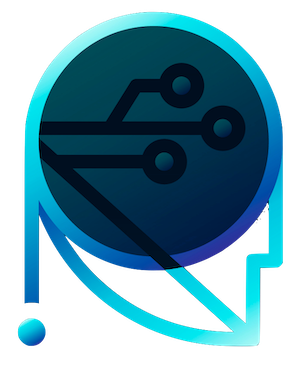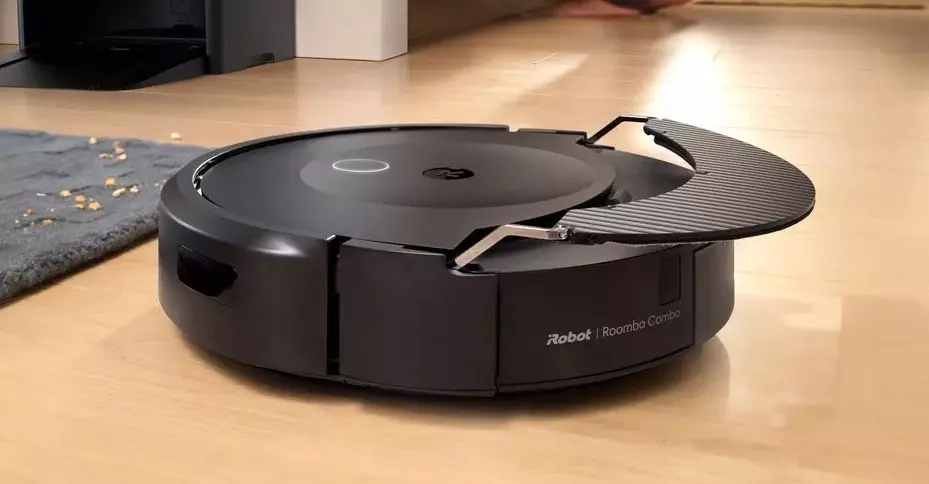The release of Apple’s iOS 18.4 is not merely a typical software update; it marks a significant milestone in the realm of smart home technology, particularly for robot vacuum enthusiasts. By introducing compatibility with the Matter protocol, this update strives to unify the fragmented landscape of smart home devices, leading the charge towards a more seamless and integrated experience for homeowners. This shift not only enhances the functionality of existing devices but also amplifies the allure of automated cleaning solutions in an era where convenience reigns supreme.
As tech consumers become increasingly accustomed to the ease of automation, the necessity for devices that can coordinate with one another is paramount. The integration of Matter, a universal connectivity standard, is Apple’s strategic response to this demand. By allowing devices from various manufacturers, such as Roborock, iRobot, and Ecovacs, to communicate efficiently, iOS 18.4 provides a framework for a smarter home environment that transcends the limitations of previous proprietary systems.
Roborock: A Leap Towards Home Automation
Roborock has swiftly capitalized on this iOS update, promising firmware enhancements that elevate the functionality of its premier robot vacuum models. The introduction of Matter support across devices like the S8 MaxV Ultra and the Saros series represents a paradigm shift in how consumers can interact with their cleaning appliances. No longer constrained merely to the capabilities of individual apps, users can now interface with their vacuums through a singular platform. This means setting scenes, triggering automations, and exercising control via Apple’s Home app, thus simplifying what was once a fragmented process.
Imagine commanding your robot vacuum to clean specific rooms or adjusting its settings with a simple voice command to Siri—all facilitated by iOS 18.4. The allure of such integration lies in its ability to offer enhanced convenience, especially for busy lifestyles that demand efficiency. This is where Roborock’s positional advantage solidifies: not only are they enhancing existing functionalities, but they also align themselves with the growing consumer expectation of interconnected smart home ecosystems.
iRobot’s Entry with Matter Compliance
Not to be overshadowed, iRobot’s introduction of the Roomba Combo 10 Max as their pioneer device compliant with the Matter protocol positions them strategically in this evolving landscape. The promise of controlling cleaning schedules through a singular interface embodies the new consumer ethos—simplicity and efficiency. With iRobot taking decisive steps to embrace Matter, it sends a clear message: the future of home cleaning is modular, dynamic, and increasingly responsive to user demands.
The capabilities promised by the combination of iOS 18.4 and Matter integration include not just basic commands but also contextual control—enabling users to designate specific cleaning tasks for specific rooms. Such advancements indicate a clear shift in focus from merely producing robotic hardware to fostering an ecosystem where intuitive interactions become commonplace. The juxtaposition of sophisticated cleaning technology with the ease of a unified app interface defines the user experience for the contemporary homeowner.
Ecovacs: Signifying a Broader Adoption
Ecovacs is also in on the action, with plans to roll out Matter 1.4 firmware updates for their range of robot vacuums, including the Deebot X2 and X8 models. Their phased rollout reflects a well-thought-out strategy aimed at ensuring users reap the benefits of such significant software enhancements in a timely manner. This collective adoption across multiple brands demonstrates a collective industry commitment to interoperability—an essential aspect of modern smart home functionality.
However, it’s important to note the limitations that come with the transition to Matter. While compatibility heralds new functionalities like power control and room specification, more advanced features—such as intricate mapping and zone avoidance—may still necessitate reliance on each manufacturer’s dedicated app. This reality could dampen enthusiasm for some users who desire comprehensive control through a single interface.
The Future of Smart Home Technology
Ultimately, the launch of iOS 18.4 serves as a harbinger of the importance of interoperability in the evolving landscape of smart home technology. While Matter’s introduction simplifies everyday interactions, it also raises expectations for future developments in home automation. The vision of a fully integrated home ecosystem, one where devices communicate effortlessly and respond in unison to user commands, is not as distant as it once seemed.
The trajectory of this innovative momentum is already set. As consumers become increasingly reliant on technology for their daily routines, the demand for intelligent solutions that provide both compatibility and advanced functionalities will only continue to grow. This burgeoning paradigm presents both challenges and opportunities for manufacturers, ultimately leading to a more interconnected and efficient future in the realm of smart home automation.


Leave a Reply